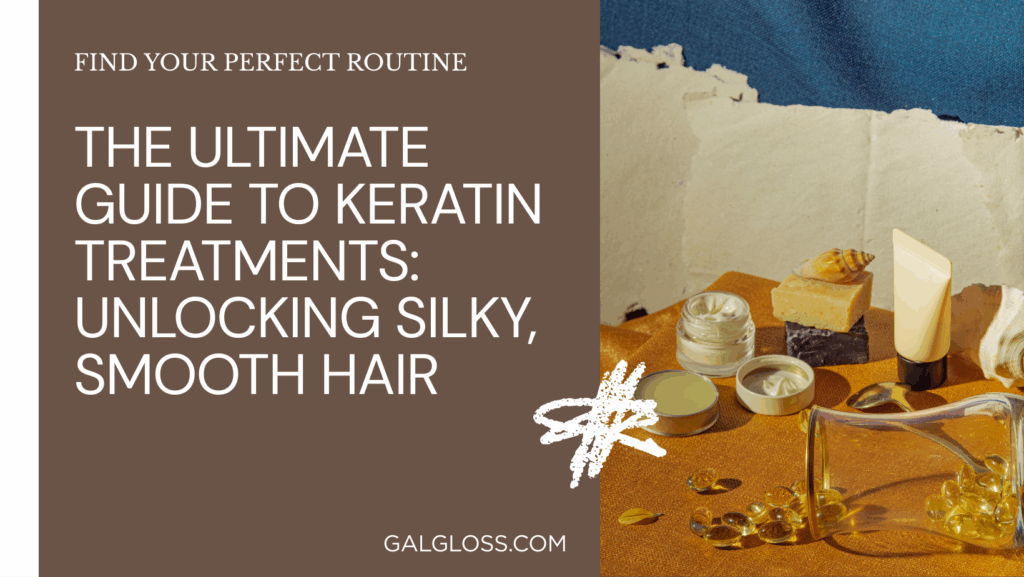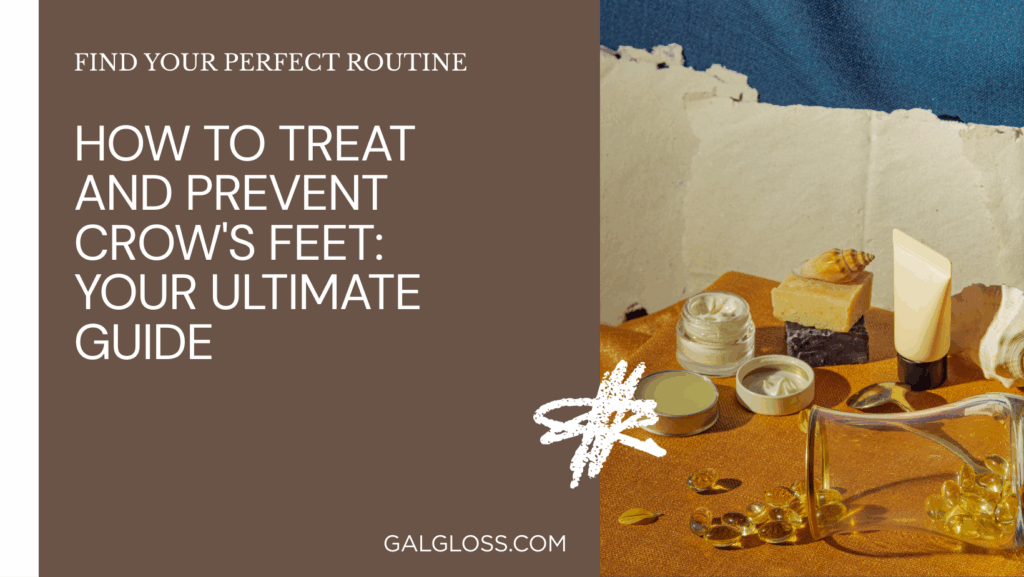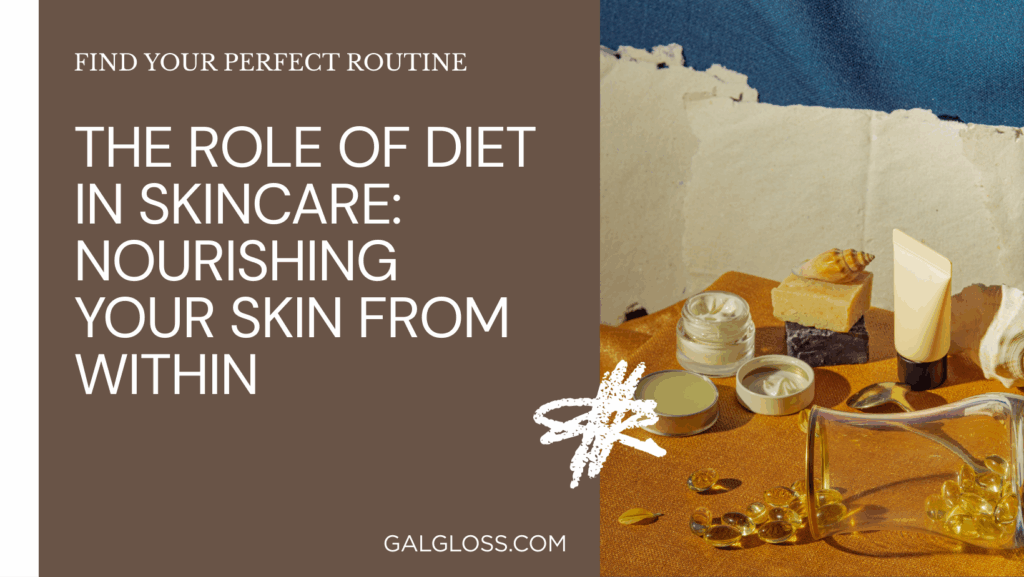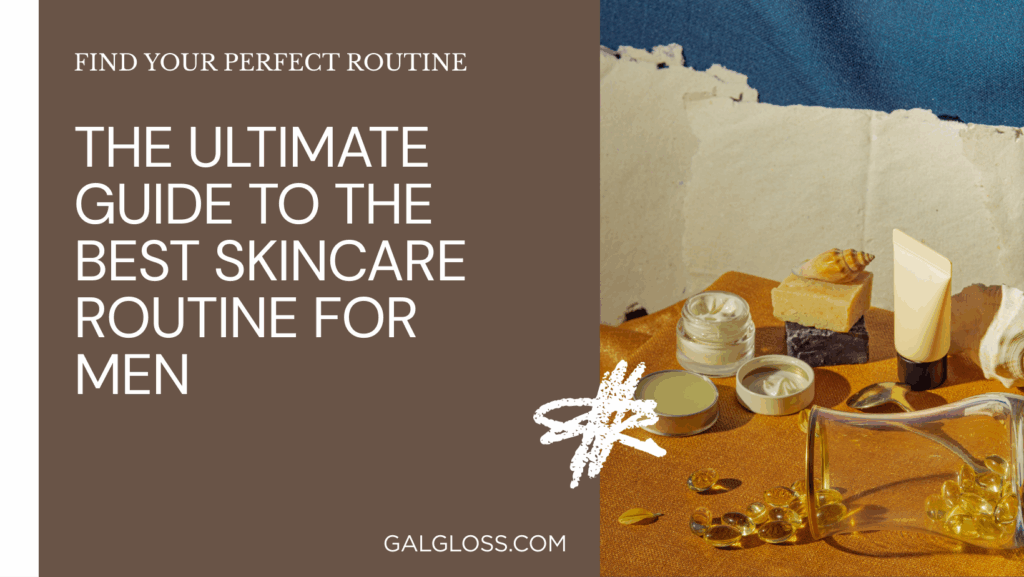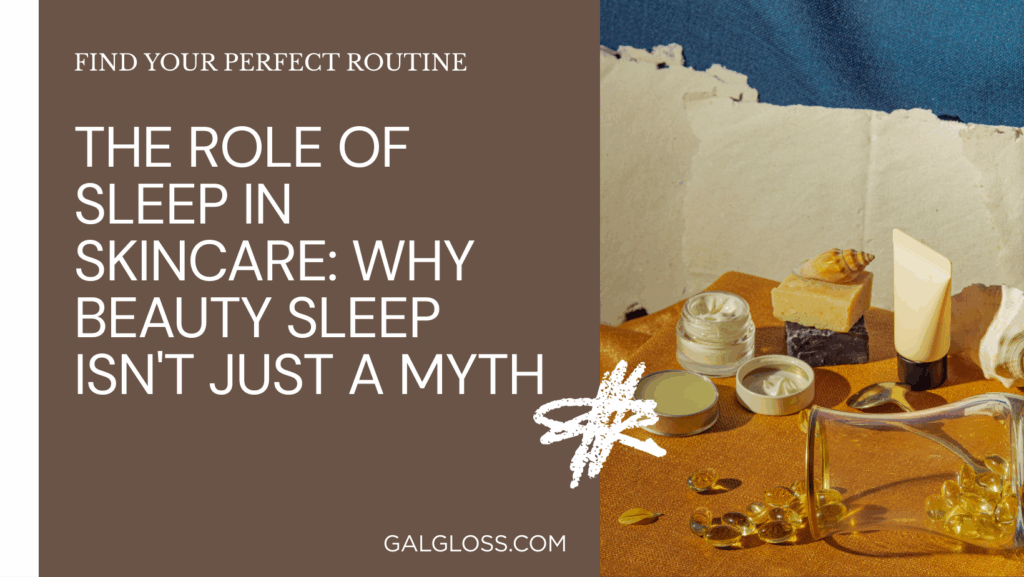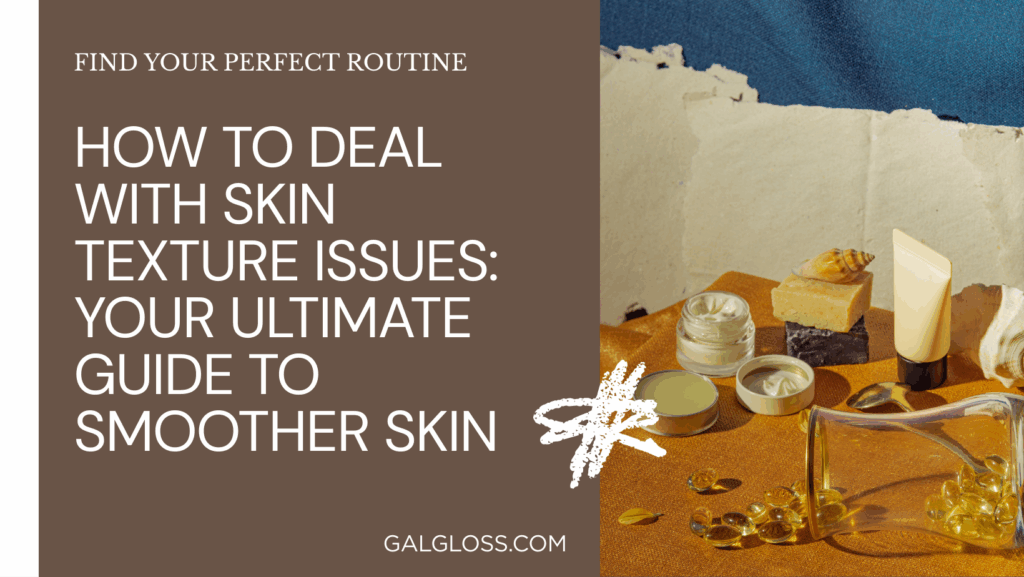Ever noticed tiny, pearly white bumps on your face that just won’t budge? You’re not alone. These stubborn little spots are called milia, and they’re a common skin concern that can leave you feeling frustrated. But don’t worry – I’ve got your back! In this guide, we’ll dive into everything you need to know about treating and preventing milia.
What Are Milia, Anyway?
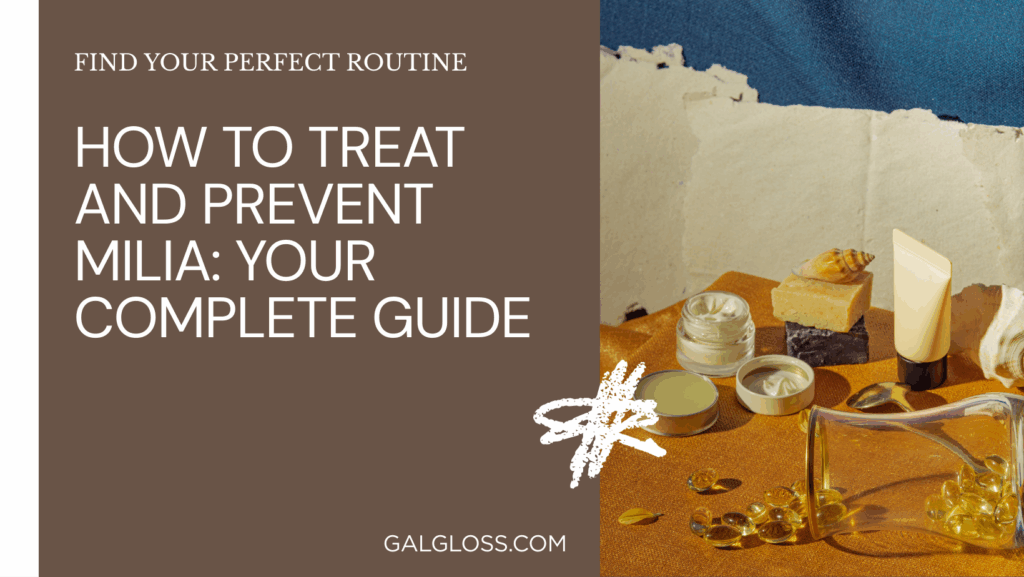
Milia are small, dome-shaped bumps that appear on the skin’s surface. They’re often mistaken for whiteheads, but here’s the kicker: milia are actually tiny cysts filled with keratin (a protein found in skin cells). Unlike acne, you can’t just pop these babies – they need special care to disappear.
Why Do They Show Up?
Milia can be sneaky little devils, popping up for various reasons:
- Clogged pores from heavy skincare products
- Sun damage (yep, another reason to slather on that sunscreen!)
- Genetic factors (thanks, Mom and Dad)
- Skin injuries or burns
Who’s at Risk?
Here’s the thing: milia don’t discriminate. They can affect anyone, regardless of age or skin type. However, they’re more common in:
- Newborns (ever heard of “baby acne”?)
- People with sun-damaged skin
- Those using heavy, pore-clogging skincare products
Now that we’ve covered the basics, let’s dive deeper into understanding these pesky little bumps.
Understanding Milia: More Than Meets the Eye
Types of Milia
Not all milia are created equal. Here are the main types you might encounter:
- Primary Milia: These are the most common type, typically appearing on the face.
- Secondary Milia: These develop after skin damage or as a side effect of certain skin conditions.
- Neonatal Milia: Found in newborns, these usually clear up on their own within a few weeks.
- Juvenile Milia: Rare genetic conditions can cause milia in children.
Where Do They Like to Hang Out?
Milia are like little tourists – they have favorite spots to visit on your face:
- Around the eyes
- On the cheeks
- Across the nose
- On the forehead
- Around the mouth
But don’t be surprised if you find them crashing on other parts of your body too!
Milia vs. Other Skin Conditions: Spot the Difference
It’s easy to confuse milia with other skin issues. Here’s a quick comparison:
| Condition | Appearance | Texture | Location |
| Milia | Small, white bumps | Hard | Often around eyes and cheeks |
| Whiteheads | White or yellowish bumps | Soft | Anywhere on face |
| Skin tags | Flesh-colored growths | Soft, dangly | Neck, armpits, groin |
Causes of Milia: The Usual Suspects
Now, let’s play detective and uncover what’s really causing those milia:
- Skincare Sabotage: Heavy, oil-based products can clog your pores faster than you can say “moisturizer.”
- Sun’s Sneaky Attack: Too much sun exposure can damage your skin and lead to milia formation. It’s like the sun’s secret revenge!
- Genetic Jackpot: Sometimes, you’re just more prone to milia thanks to your DNA. Thanks a lot, genetics!
- Skin Trauma Drama: Burns, blisters, or other skin injuries can trigger milia as your skin heals.
- Product Buildup: Not removing your makeup properly? You’re rolling out the red carpet for milia.
How to Treat Milia at Home: DIY Dermatology
Ready to wage war on milia? Here are some home remedies to try:
Gentle Exfoliation: Slough It Off
- Use a soft washcloth with your regular cleanser
- Try a gentle facial scrub once a week
- Look for products with salicylic acid or glycolic acid
Natural Remedies: Mother Nature’s Medicine
- Honey and Sugar Scrub:
- Mix 1 tablespoon honey with 1 teaspoon sugar
- Gently massage onto affected areas
- Rinse with warm water
- Steam Facial:
- Boil water in a pot
- Drape a towel over your head and lean over the pot
- Steam for 5-10 minutes to open pores
- Tea Tree Oil:
- Mix a drop of tea tree oil with a carrier oil
- Apply to milia with a cotton swab
- Use caution – tea tree oil can be irritating for some
Over-the-Counter Heroes
Look for products containing:
- Retinoids (like retinol)
- Alpha-hydroxy acids (AHAs)
- Beta-hydroxy acids (BHAs)
These ingredients can help speed up skin cell turnover and unclog pores.
Professional Treatments: When to Call in the Experts
Sometimes, milia need a professional touch. Here are some treatments your dermatologist might recommend:
Extraction: The Precision Approach
A dermatologist can safely remove milia using a sterile needle or lancet. It’s like a mini-surgery for your skin!
Chemical Peels: The Big Guns
These treatments use stronger acids to remove dead skin cells and unclog pores. It’s like giving your skin a fresh start.
Microdermabrasion: Sandblasting for Your Face
This treatment uses tiny crystals to exfoliate the skin’s surface, revealing fresher skin underneath.
Laser Therapy: High-Tech Help
For stubborn milia, laser treatments can break down the keratin buildup. It’s like using a lightsaber on your skin (but much gentler, of course).
Preventing Milia: An Ounce of Prevention…
Now that we’ve covered treatment, let’s talk about keeping milia at bay:
Skincare Routine 101
- Cleanse: Use a gentle, non-comedogenic cleanser twice daily.
- Exfoliate: Incorporate a mild exfoliant 1-2 times a week.
- Moisturize: Choose a light, oil-free moisturizer.
- Sunscreen: Apply broad-spectrum SPF 30+ daily (yes, even when it’s cloudy!).
Sun Protection: Your Skin’s Best Friend
- Wear sunscreen every day (did I mention this already?)
- Use protective clothing and hats
- Seek shade during peak sun hours
Diet and Lifestyle: You Are What You Eat
- Stay hydrated – your skin loves water!
- Eat a balanced diet rich in fruits and vegetables
- Get your beauty sleep – 7-9 hours a night
- Manage stress through exercise, meditation, or yoga
Choosing the Right Products
- Look for “non-comedogenic” on labels
- Avoid heavy, oil-based products
- Be cautious with rich eye creams
When to See a Dermatologist: Know When to Fold ‘Em
While many milia can be treated at home, sometimes you need to call in the pros. See a dermatologist if:
- Your milia are persistent and don’t respond to home treatments
- You notice signs of infection (redness, swelling, pain)
- Milia appear in unusual locations or large numbers
- You’re unsure if what you’re seeing is actually milia
FAQs About Milia: You Asked, We Answered
Q: Are milia contagious? A: Nope! You can’t catch milia from someone else.
Q: Can milia go away on their own? A: Sometimes, especially in babies. But for adults, they often need a little help.
Q: How long does it take to get rid of milia? A: It varies, but with consistent treatment, you might see improvement in a few weeks to a few months.
Q: Can I pop milia like pimples? A: Please don’t! This can lead to scarring and infection. Leave extraction to the pros.
Q: Will makeup make milia worse? A: It depends on the product. Stick to non-comedogenic, oil-free makeup and always remove it before bed.
Conclusion: Your Milia-Free Future Starts Now
Dealing with milia can be frustrating, but armed with the right knowledge and tools, you’re well on your way to smoother, clearer skin. Remember:
- Gentle, consistent skincare is key
- Sun protection is non-negotiable
- Choose your products wisely
- Don’t be afraid to seek professional help
By following these tips and tricks, you’ll be on your way to saying goodbye to those pesky little bumps. Your skin deserves the best care, so be patient and persistent. Before you know it, you’ll be rocking that smooth, milia-free complexion you’ve been dreaming of!
Remember, everyone’s skin is unique. What works for one person might not work for another. So, don’t get discouraged if you don’t see results right away. Keep at it, and if you’re ever in doubt, consult with a dermatologist. They’re the real MVPs when it comes to tackling tricky skin issues like milia.
Here’s to clear, healthy skin – you’ve got this!
